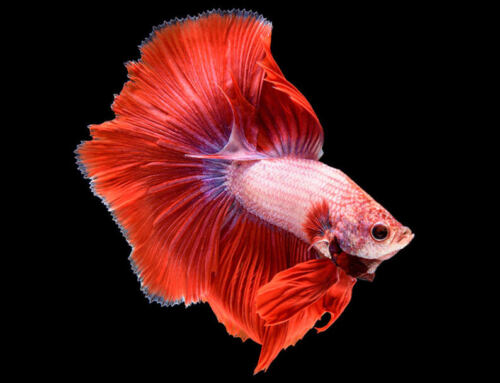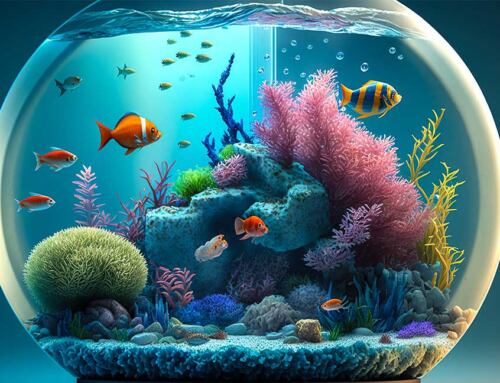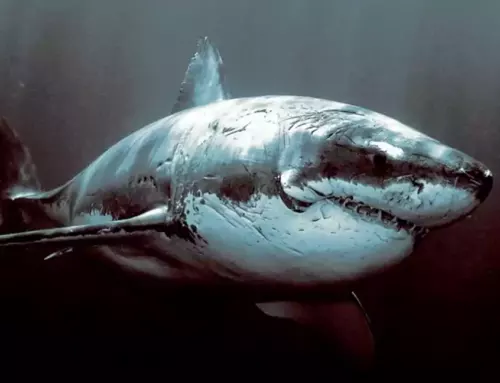No matter what level of experience you have with aquarium keeping, one of your first concerns will be which aquarium fish to keep. Fortunately, this list will assist you in narrowing down your options.
All of the freshwater fish for aquariums on this list are hardy, attractive, small aquarium fish in size, and simple to care for regardless of your level of experience. Most of the following species get along well with one another, so you can easily live peacefully with many of them! Continue reading to learn more about some of the types of pet fish and aquarium fish characteristics.
Common Molly
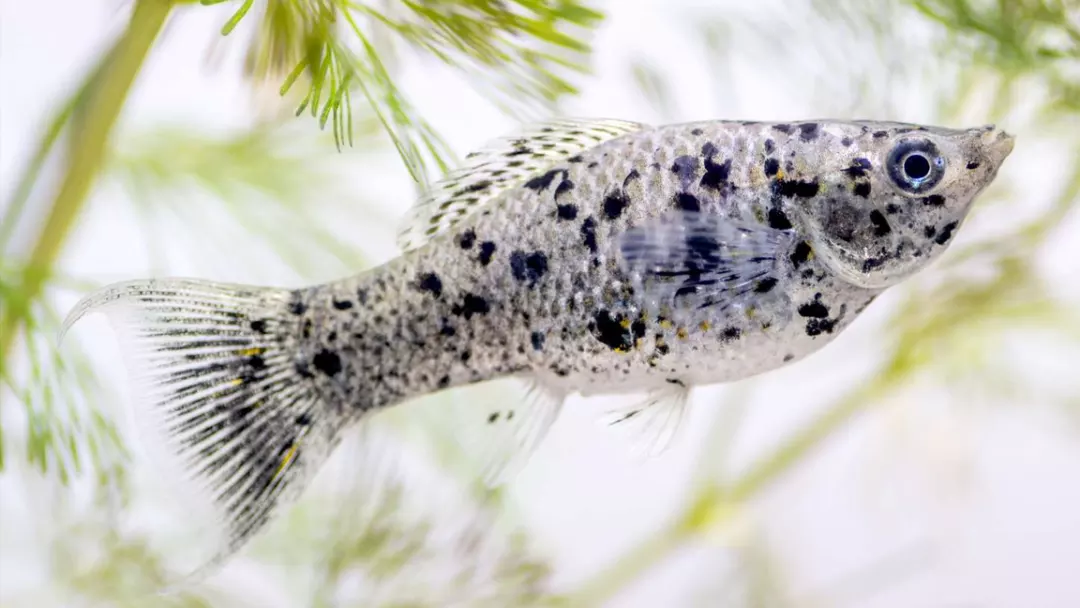
These calm fish come in a wide range of colors and textures, from orange to black and gold, and even albino. Common mollies are easily put in tanks which are quite small as 10 gallons, and they get along pretty well with other tiny freshwater types such as corydoras such as the albino variety which will be mentioned below, danios, gouramis, and tetras.
You need to be aware of the fact that these fish always prefer slightly warm water with a pH between 7.5 and 8.5. Common mollies will live in captivity for up to 5 years if their needs are consistently met and are being taken care of properly then they grow to be about 4 to 5 inches long.
Rainbow Platy
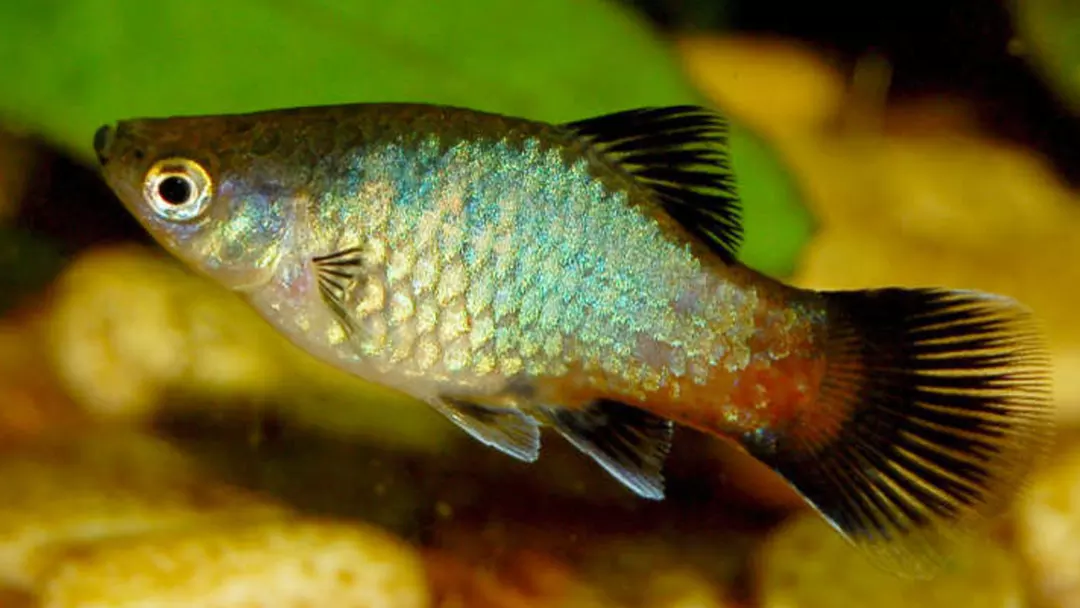
For a colorful fish that is easy to care for and coexists with various freshwater species, rainbow platys are a perfect choice! They always prefer to live with at least three to six other members of their own species. It’s amazing how well they get along well with a variety of other small fish.
Despite its small size, the rainbow platy stands out with its bright orange, red, blue, silver, and green colors. It can function in captivity for up to four years as long as its minimal care requirements are met. In general, these vibrant fish prefer aquariums of at least 10 to 20 gallons in size. Temperatures between 6.8 and 8.5 pH are best for them.
Black Skirt Tetra
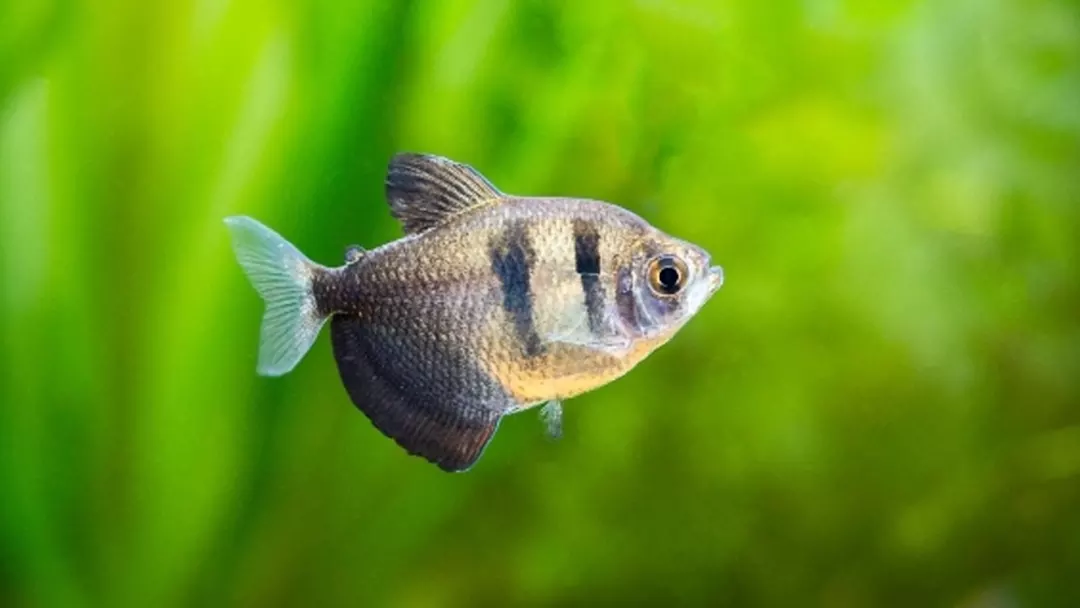
Despite the fact that we have already mentioned neon tetra only because we simply had to add another because there are so many great tetra species. There are numerous names for the black skirt tetra. They are also known as petticoat tetras, black widow tetras, and just plain black tetras.
These little fish don’t have the most vivid colors. But they make a lovely addition to any freshwater tank thanks to their large eyes, handsome black stripes, and fins that resemble black skirts. They do particularly well in tanks with other small, peaceful fish in medium-sized community tanks. Gouramis, danios, and various other tetras are compatible species. Since they are schooling fish, black skirt tetras also prefer to be in the company of at least 5 to 10 other individuals of their species.
Albino Corydoras
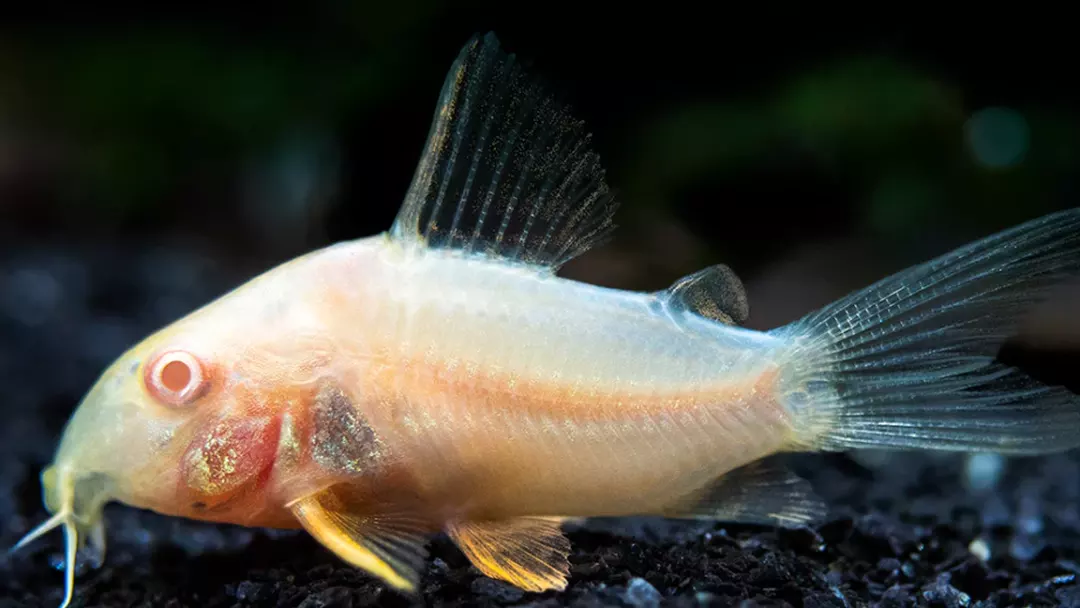
Many corydoras species are suitable for both novice and experienced aquarium keepers, but these albino corydoras are one of the most visually appealing. These little catfish are very calm bottom feeders that get along with a variety of small freshwater fish. Tetras, danios, and other corydoras are all compatible.
They can live in captivity for 5 to 8 years and grow to be about 2 to 3 inches long. The albino corydoras, like the majority of the other species on this list, is hardy and easy to care for.
They can grow in tanks as small as 10 to 15 gallons and prefer to live with other members of their species. It is ideal to keep these silver and pink fish in warm water with a pH level of 6.0 to 8.0.
Common Goldfish
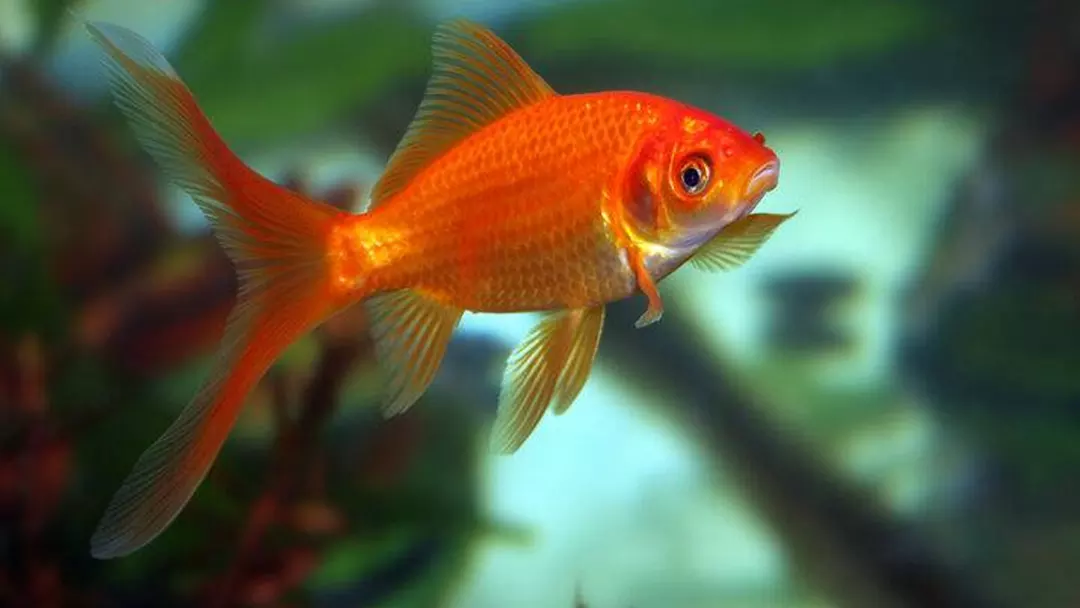
The common goldfish may appear to be an odd choice for this list at first, but they can live for up to 20 years if their needs are met. Fortunately, their care requirements are straightforward. Even they prefer warm water with a pH range of 7.0 to 8.4. Goldfish begins at around 2 to 4 inches in length and can grow to be 10 inches or larger.
Because of their vibrant golden-orange color and long, wispy fins, these surprisingly attractive fish look great in almost any freshwater aquarium. Goldfish get along well with other peaceful freshwater fish species. Compatible species include the previously mentioned zebra danio, as well as platys, plecos, and others.
Perhaps the most important thing Well, how common and thus cheap it is. Goldfish are a great way to fill up space in any aquarium, even if you are a beginner, They are also social, gentle, and curious, so you will enjoy watching them in captivity.
Silver Angelfish
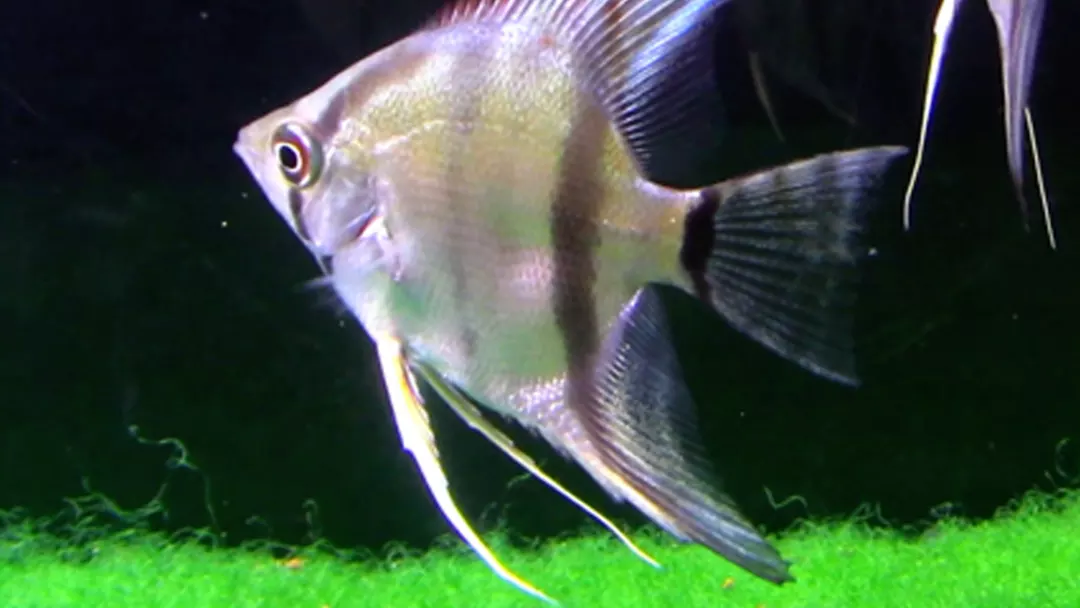
If you choose to give one a loving home, it will undoubtedly become the focal point of your aquarium. With its appealing silver body color, narrowed black striping, and long, narrow, tendril-like fins, this fish is an excellent choice for both novice and experienced aquarium keepers.
It grows to a relatively short 6-inch length. Silver angelfish can live in captivity for an impressive 10 years if their care requirements are met.
The silver angelfish, like many of the other species on this list, can be safely housed with a variety of similar-sized tankmates. Corydoras, plecos, mollies, gouramis, and other species are compatible. They prefer relatively warm water with a pH of around 6.8 to 7.8.
Goldeneye Cichlid
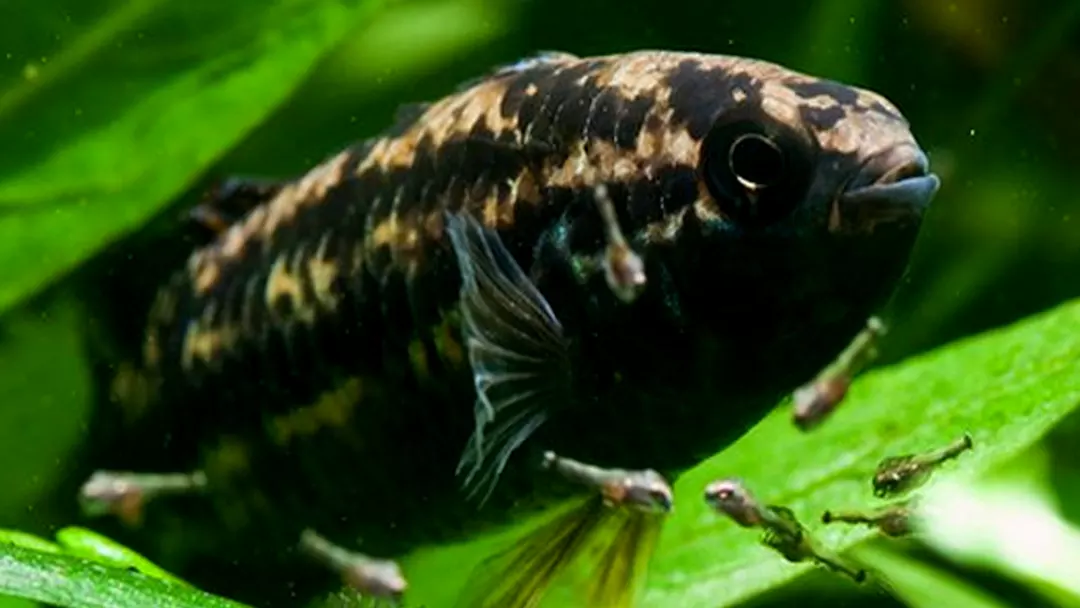
There are dozens of great, low-maintenance cichlid species suitable for all kinds of freshwater aquariums best part is that the goldeneye cichlid is one of the more visually appealing. Despite its small size of 2 to 3 inches, its silvery and yellow color and golden eyes which makes it stand out.
These peaceful little fish prefer to live in groups, both among themselves and with other little, non-territorial species. But they also always prefer slightly warm water that is 72 to 75 degrees Fahrenheit with a pH of 6 to 7.5.
Remember that goldeneye cichlids are prolific breeders. This means you’ll need to provide plenty of ground cover and spawning areas for them.
Black Skirt Tetra

Despite the fact that our team has previously mentioned it on the list, it’s amazing how there are so many great tetra species that we couldn’t resist including another. This unique black skirt tetra is known by many different names.
These little fish aren’t the most colorful. Freshwater aquariums like their wide eyes, black stripes, and black skirt-like fins, while saltwater aquariums do not. They do particularly well in medium-sized community tanks with other small and peaceful fish.
Gouramis, danios, and other tetras, including the previously mentioned neon tetra, are all compatible. Black skirt tetras also prefer to live in groups of at least 5 to 10 other members of their species.
Fish of this type thrive best in warm, well-aerated water with a pH level between 6.0 and 7.5. This species is easy to feed and care for, and it is inexpensive.
Zebrafish or Zebra Danio

The zebrafish, also called the zebra danio or the striped danio, is a tiny but aesthetically pleasing variety of aquarium fish because of its shimmering silver body color and narrowed uniform black stripes. They are only about 2 inches long, but they stand out among the other fish in your freshwater aquarium.
They get along well with other zebrafish and other small, peaceful species such as tetras, gouramis, corydoras, and others. They’re very inexpensive, ranging from $2 to $4 per fish, and their care requirements are also simple to maintain over time. In an ideal environment, zebra danios can live for 5 to 6 years. They should be kept in a tank with water that is room temperature and has a pH of 7.0 to 7.8.
Pearl Gourami

The most attractive of them is Pearl Gourami. The Anabantoidei family, also known as the Gourami family, includes Pearl Gourami. It comes from Thailand and Malaysia and requires very little maintenance. It can reach a length of 4 to 5 inches and can live for roughly 4 years on average.
The Pearl Gourami is a labyrinth fish, in case you didn’t know. It implies that it can take oxygen directly from the air to breathe. Therefore, the tank must have some vacant space at the top to allow them to directly breathe in air, regardless of the type of aquarium you have. They “talk” to each other, which is another amusing fact. During the breeding season, these talks sound like low growling noises.
Keep in mind, though, that while the males are more colorful and vibrant than the females, they can be somewhat territorial to other male gouramis. It’s best to keep only one male gourami per aquarium, regardless of the tank’s size.
Neon Tetra
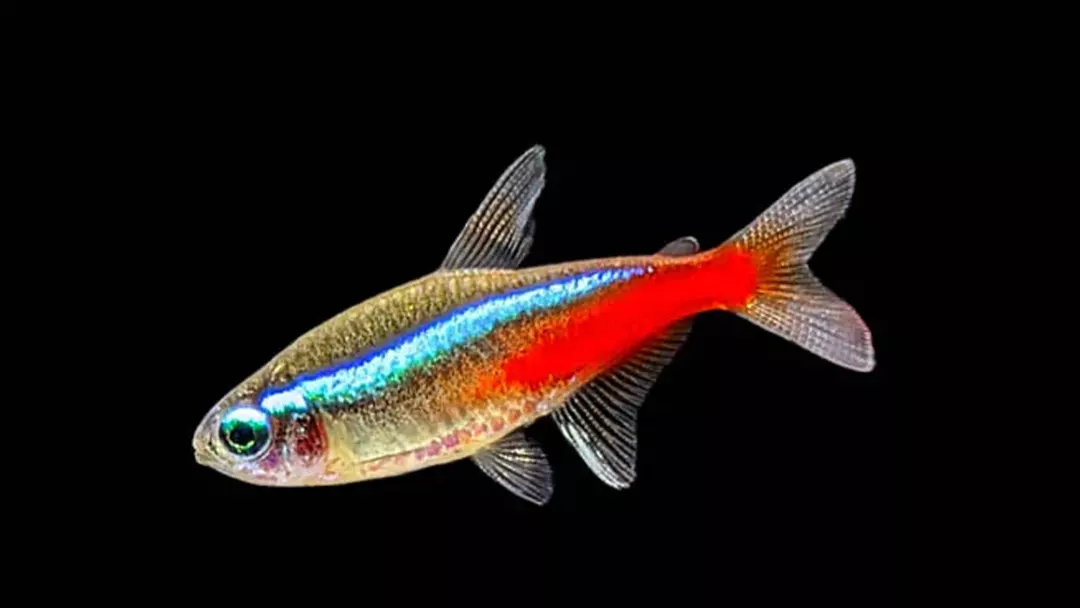
While there are many tetra species but the neon tetra is one of the most distinctive. It’s also a reasonably priced and widely available species, with breeders and pet stores selling it all over the world,
The neon tetra is a small aquarium fish that grows to about 1.5 to 2 inches in length. Despite its small size, it is bright blue, orange, and silver coloring makes it visible even from a distance.
These bright little fish, which are native to parts of Colombia, Peru, and Brazil, prefer warm water. Their pH level should be between 4 and 7.5. They need to be provided with small groups of at least 7 to 12 people and kept in small groups of at least 7 to 12 animals and given a lot of plants to hide under occasionally. Along with many other species, neon tetras can be kept in tanks with guppies, gouramis, mollies, and other tetras.
Tips That Will Help the Beginners
Nature fish tanks have the potential to improve people’s health and happiness in a variety of ways. Both owning one and seeing one can lead to this. Maintaining a tank in your house doesn’t have to be difficult or time-consuming if you’re thinking about getting one.
If we make a habit of once-weekly tank testing and routine water changes, it’s really simple! These tasks won’t take very long; perhaps just a few minutes here and there will prevent us from having to deal with more significant issues in the future.
Here are a few helpful hints to make sure your aquarium relieves stress rather than causes it:
- On your calendar, make a maintenance checklist. Only once per month can you perform tasks like cleaning the filter or inspecting all of your equipment.
- Test the water frequently. The best would be once per week. This will enable you to continuously monitor the condition of your tank and determine whether any adjustments are required.
- Make time each week to change the water. A balanced aquarium needs regular water changes to stay healthy. By not skipping them, you can avoid the growth of algae, poor plant growth, and fish loss.
- Set timers for both your LED and CO2 lights. Timers make aquarium maintenance simpler and more effective. Your CO2 injection should begin one hour before the light turns on and end one hour before the lights go out. Your LED light should be set to operate for 6–8 hours per day.
Looking at colorful fish may help us keep our thoughts in check because all those fish are not overly concerned with every possible problem that they may encounter. Sometimes we overthink small issues to the point where they appear bigger than they actually are. They are simply swimming and thriving while simply living in the tank. So, consider this friendly advice take a deep breath, gaze into an aquarium, and continue swimming.

